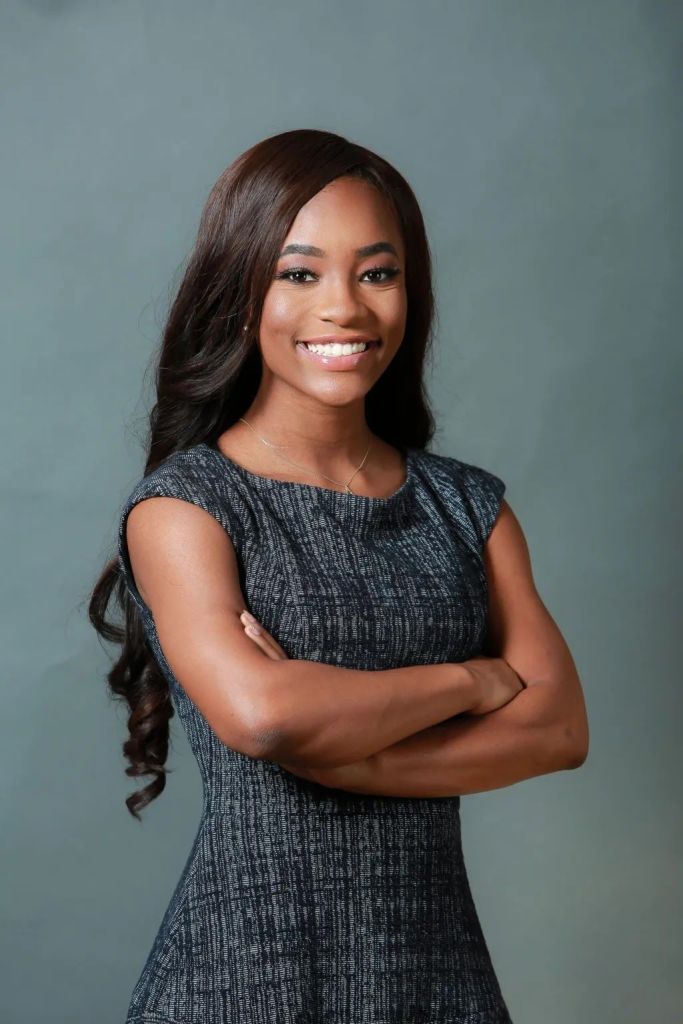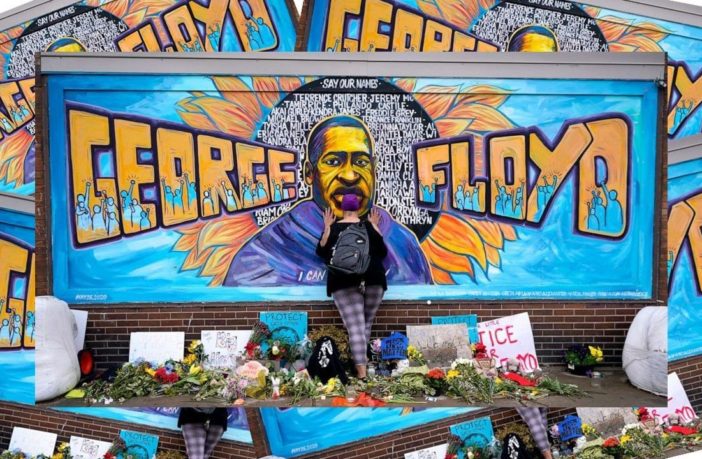This story is part of “All Those ‘Racial Reckoning’ Promises,” Word In Black’s series exploring the pledges made to the Black community following the Summer of George Floyd and what organizations and leaders can still do now to promote racial equity and justice.
Black journalists are constantly afraid of retaliation.
After George Floyd was murdered, newsrooms pledged to hire more Black staff, address racism in the workplace, and ensure the standard of objectivity wasn’t being used to silence their voices. I wanted to talk to Black reporters about whether what had been promised had come to fruition.
I sent interview requests to about a dozen Black reporters at white-owned outlets asking if they could talk to me about how supported they feel in their newsroom. One reporter after another declined to comment on the record. All of them said they were afraid of retaliation in their newsroom.
Except one.
His story highlights the ways in which white-led newsrooms are failing. And how the racial reckoning in 2020 after the murder of George Floyd was just another way newsrooms tried to save face.
Some of those promises include increasing diversity in newsroom leadership, reporting on race and equity topics, anti-racist stance, and building a better newsroom culture.
In reality, many of those promises are falling short.
But because so many Black journalists were afraid of going on the record, I got to thinking about what Black-led newsrooms are doing to support each other and their staff. Black news outlets aren’t necessarily Nirvana for Black reporters. There are still times when a Black journalist working for a Black news outlet might be afraid of retaliation for speaking frankly.
However, there is a definite difference in the culture. So, I talked to two journalists that make up the Word In Black collaborative about how they continue to amplify the voices of our community — and support each other.
Without Black journalists, there is no news
26-year-old Los Angeles Gabe Schneider works in operations and strategy for L.A. Public Press and is the co-director of The Objective, a nonprofit newsroom examining the power structure and inequity in journalism. During his eight years in the journalism industry, he’s worked in a number of newsrooms where he had to figure out how to exist in those spaces.
When George Floyd was murdered, Schneider worked at MinnPost, a nonprofit, Minneapolis-based digital newsroom where he was the only Black reporter.
“I think there was an acknowledgment that the newsroom needed to be better, but I don’t think it should have taken someone’s death to sort of push that realization to the forefront,” he says. “Reporters … were huge advocates of fixing the newsroom. But they didn’t run the newsroom. There’s always newsroom leadership.”
Gabe Schneider Credit: Courtesy of Gabe Schneider
Like many reporters of color, Schneider was often told by white editors his story ideas were not good enough. And to watch what he posted on social media. If he were to criticize the newsroom he worked in, those in newsroom leadership threatened to fire him.
But one thing is sure — reporters of color have built a community to support one another. For Schneider, that’s been instrumental to his career. A major reason he co-founded The Objective was due to the passive voice many reporters used after George Floyd was murdered.
“I was so pissed off about the state of journalism criticism and the ways in which national outlets covered George Floyd’s murder,” he says. “For me, it was kind of painful and frustrating to watch national media just do the same thing.”
His current nonprofit is meant to be a space where Black reporters and reporters of color can talk about the objectivity of journalism. They’re amplifying stories that would not otherwise be published in white-led newsrooms and challenging the current structures in place.
“Mainstream media has consistently failed.”
GABE SCHNEIDER, CO-DIRECTOR OF THE OBJECTIVE
Initially, funding for the newsroom was easier to come by. Now, three years after this nationwide racial reckoning, having enough funding has become more challenging.
“I think a lot of my time is spent scraping by,” Schneider says. “It feels like the further we get away from the summer of 2020, the harder it is to raise money to do that. And to be taken seriously in the idea that criticism from Black journalists about their experiences is important.”
When asked why he feels it’s become more difficult to raise money, Schneider says for many funders, it’s more about the “flavor of the moment” than a long-term strategy. But still, he’s working to support and mentor Black journalists.
Carrying the weight of supporting reporters of color in newsrooms that are usually not representative of them has come at a cost. At times, he has felt burnt out.
“If I don’t, some folks will just go without support and without anyone listening,” he says.
Unfortunately, Schneider is not alone in experiencing burnout. In a survey of more than 500 U.S. journalists, on average, 70% experienced work-related burnout, with the highest rates for journalists aged 34 and under.
It’s not enough to diversify the editorial staff. Newsroom leadership needs to be more representative of the communities being reported on. Schneider says in 2020, some newsrooms put Black journalists in positions of power. But, the caveat was the lack of support given to allow them to succeed.
On top of that, the wave of diversity, equity, and inclusion initiatives was left on the shoulders of the small number of reporters of color.
“I don’t think the labor should be entirely on Black and Brown reporters — that’s a huge flaw,” Schneider says. “For me, it was personally exhausting.”
A survey by Pew Research Center found that of more than 12,000 U.S. journalists, younger journalists are more likely to have had DEI training. But, journalists 65 years old and up were less likely to have formal training and less likely to discuss organizational diversity.
“Mainstream media has consistently failed,” Schneider says.
What journalists in Black-led newsrooms say
In the fight for racial equity, Black journalists stand on the front lines. Making sure that Black experiences and stories are told accurately, empathetically, and with the depth they deserve. It’s not just about diversity; it’s about narrative control, the power of representation, and the crucial role of the Black Press in shaping public perception.
Sam P.K. Collins, 33, has worked at the Washington Informer, a Black publication that’s a part of Word In Black, since 2012. He underscores the importance of creating space for our experiences and ideas in a newsroom.
“My newsroom is just an affirming place where everyone understands the assignment and gives kudos to one another.”
SAM P.K. COLLINS, REPORTER AT THE WASHINGTON INFORMER
 Sam P.K. Collins Credit: Courtesy of Sam P.K. Collins
Sam P.K. Collins Credit: Courtesy of Sam P.K. Collins
“Black people have been fighting for self-determination since our ancestors came to the so-called New World on those ships. In a world where perception becomes reality, it’s essential that we are in control of our narrative,” Collins says. “Our stories must be able to inspire, inform and mobilize, or else our people will perish for a lack of knowledge.”
Ashleigh Carrington Fields, 22, a reporter at the Baltimore AFRO since April, agrees.
“Our experiences as Black people are unique but often characterized through a shared lens of discrimination, oppression, and the will to overcome,” she says. “As a Black journalist, we must reflect on our nuanced encounters to provide empathetic coverage of news throughout the African diaspora.”
Collins says there are Black reporters who’ve been able to do this in majority-white newsrooms, “but only to some degree.”
That’s why he’s “a proponent and ardent advocate for the Black Press — a place where we can truly represent ourselves and control our voice.”
Black newsrooms supporting Black reporters
Following George Floyd’s murder, numerous newsrooms made public commitments to support Black journalists and confront racial disparities within their ranks. But with the Black press, this isn’t a cosmetic diversity ploy. But a matter of seizing narrative control, respecting the power of Black voices, and recognizing the essential role of Black reporters.
Collins speaks highly of the Informer’s efforts, citing collaborations with Word in Black and workshops aimed at increasing his professional skills.
“My newsroom is just an affirming place where everyone understands the assignment and gives kudos to one another,” Collins says. “The George Floyd murder, along with other events, took that culture to the next level.”
Similarly, Fields reports that her newsroom partnered with Word in Black “to provide our readers with intimate coverage from a diverse group of local Black journalists. Commentary addressing recent Black murders like Jordan Neely in New York have been helpful in bringing critical conversations involving racial injustice in reporting to the forefront.”
What can other newsrooms do better to support Black journalists?
Collins offers a sobering perspective. The very structures of non-Black newsrooms, he posits, create an insurmountable barrier to the kind of support Black journalists need.
 Ashleigh Carrington Fields Credit: Courtesy of Ashleigh Carrington Fields
Ashleigh Carrington Fields Credit: Courtesy of Ashleigh Carrington Fields
“Speaking from personal experience, I wouldn’t wish the fight for self-determination in a non-Black newsroom on my worst enemy,” he says. “We as Black people have to create a situation where we are in control of our voices and where we are building Black-ran news organizations. That should be our goal.”
Fields, on the other hand, believes that the key lies in respecting and accurately documenting the Black community’s perspectives.
“Our voices, opinions, and experiences have to be respected and documented in an accurate light,” she says.
Still, Collins notes that if the talented reporters and editors that work at outlets like the Informer and the AFRO “went on to ‘greener pastures,’ then the Black Press would die. We must keep in mind why the Black Press was founded and who provided us opportunities when the so-called mainstream outlets lampooned us in front of the entire world.”
– Article by Anissa Durham for Word In Black



